Kidney stones are a common problem that affects both sexes but it affects men much more than women. The condition characterized by the presence of kidney stones is called nephrolithiasis and it is one of the most common urinary tract disorders, along with UTIs.
Kidney stones are hard, crystalline formations in the urinary tract, or in the kidneys, to be precise. They are usually painful and if they are small enough, they can be passed through urination, which is not necessarily pleasant but relieves the pain and the discomfort. Larger kidney stones cannot pass through the urinary tract with urine and need to be removed in another way.
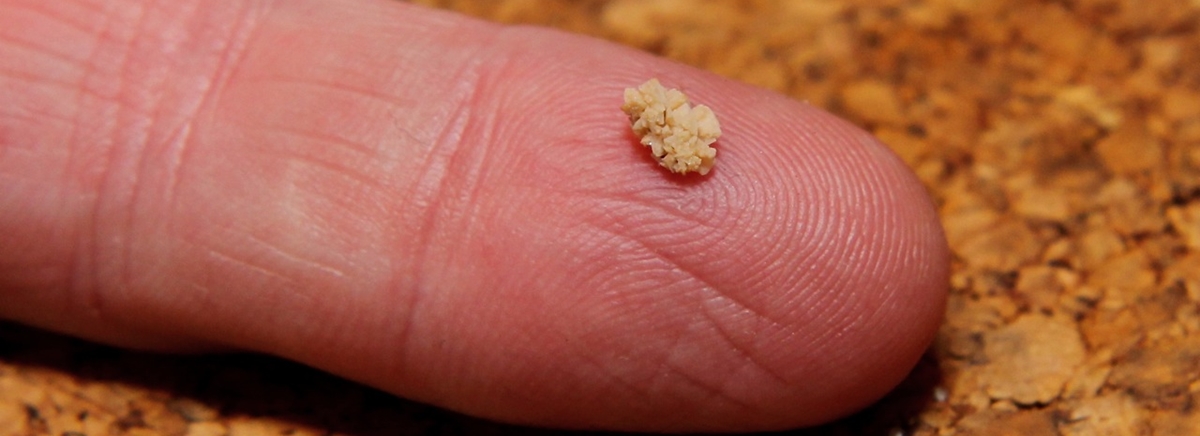
Causes of Kidney Stones in Men
Kidney stones are made of accumulated crystallized chemicals present in the urinary tract. There are many chemicals and elements that have the ability to form kidney stones, but in most cases, the stones are made of calcium oxalate, calcium phosphate, and uric acid.
There are many factors that contribute to the formation of kidney stones in the urinary tract. Those factors include frequent urinary tract infections, use of medications, certain lifestyle habits such as insufficient fluid intake, physical inactivity, and consumption of large amounts of sources of calcium oxalate, such as dairy products, tea, and chocolate. Of course, just like in many medical conditions, family genetics plays a major role.
It is believed that men are more prone to kidney stones because they have a larger muscle mass. Daily breakdown of the tissue increases metabolic waste and thus leads to a predisposition to kidney stones.
The other, probably more significant reason, is the fact that men have more complicated urinary tract than women. As men grow older, their prostate may become larger, which affects the way in which the bladder is emptied. When the urine flow is obstructed, the chance of crystallization is higher.
- Abufraj et al. evaluated data from the US National Health and Nutrition Examination Survey (NHNES), and this revealed that between 2008 and 2018, the prevalence of KSD increased significantly among women (6.5% vs. 9.3%, (ptrend?=?0.001). However, there was no significant increase among men.
- Risk factors specific to women were identified and included increasing number of previous pregnancies (2 pregnancies — OR 1.64, CI 1.1–2.23; 3 or more pregnancies — OR 2.17, CI 1.63–2.88), menopause (OR 1.61, CI 1.21–2.15) and female hormone use (OR 1.38, CI 1.15–1.65).
- Two further groups reported on the same national database. Tundo et al. focused their analysis on adults younger than 50 years of age in order to better understand the burden of the disease on working age group. The authors determined that women of working age were just as likely as men to develop KSD. All the analysis carried out by the separate groups consistently reported that amongst adolescent females, the rate of increase was the greatest. Hsi et al. performed analysis of data from a prospective sample, the South Community Cohort Study, which also has confirmed the rise in female KSD.
- Vaughan et al. reviewed nearly 5000 stone episodes at a US centre and found that compared to women, men were significantly more likely to have a symptomatic recurrence following their initial presentation with stones (HR 1.25, p?=?0.002).
- In another retrospective review, Masterson et al. looked at over half a million Navy personnel and found the incidence of KSD in women was in fact higher than men (OR 1.17, p?0.0001). Given the strict medical work up required in this area of work, to ensure safe flight status, this analysis included a large number of asymptomatic stones. It has been postulated that this may be one of the explanations why the rising trend is seen in the female population. Indeed, recent follow up data made available from the Olmsted County study reveals that women were more likely to be asymptomatic stone formers.
Treatment for Kidney Stones
Treatment for kidney stones varies depending on their size. Smaller stones can be passed spontaneously or with the help of increased water intake and proper exercise. However, kidney stones can be too large to pass through the urethra and other parts of the urinary tract.
The most common treatment method for those stones is extracorporeal shock wave lithotripsy (ESWL), which breaks large stones into smaller pieces that can be eliminated through urination. There is also a surgical method of removal of kidney stones, called percutaneous nephrolithotomy.
Since kidney stones cause pain, which can be very intense, it is recommended to take over-the-counter painkillers, which will help until the stones are passed.



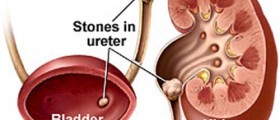


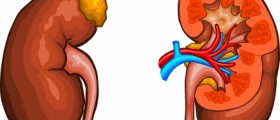
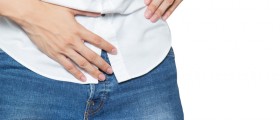




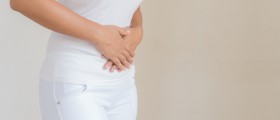



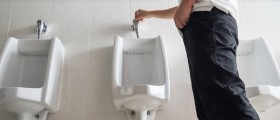
Your thoughts on this
Loading...